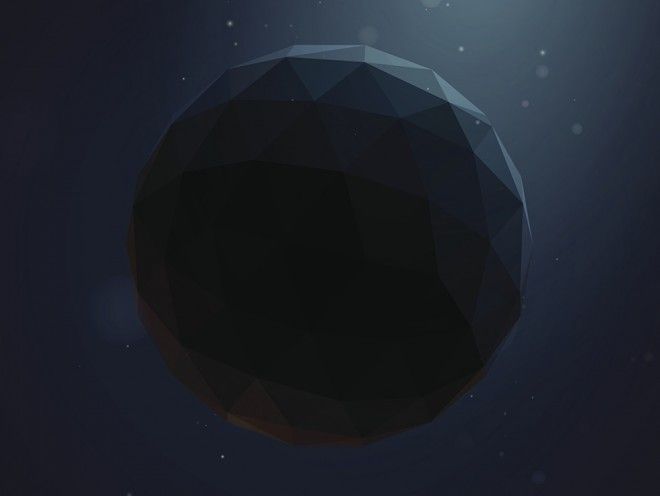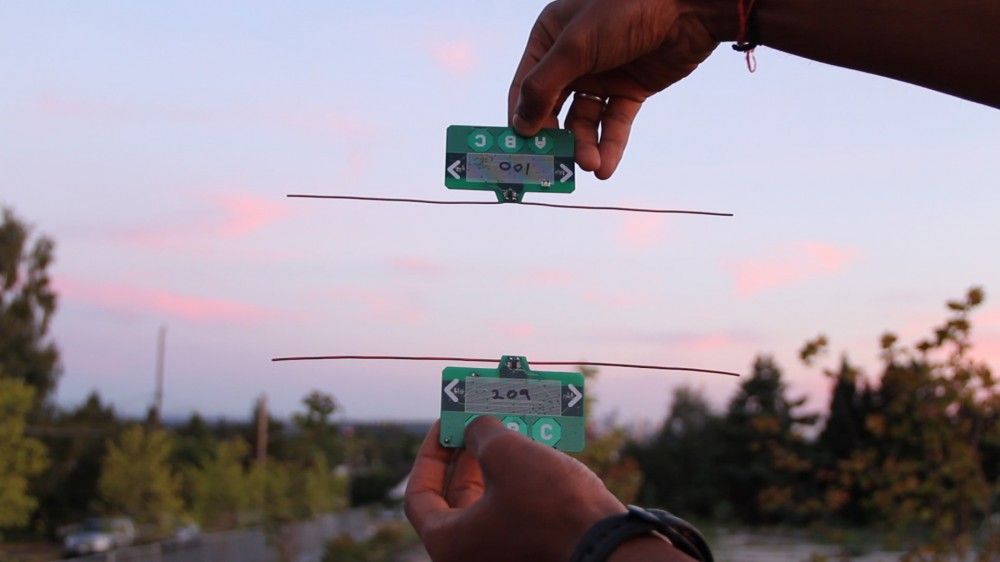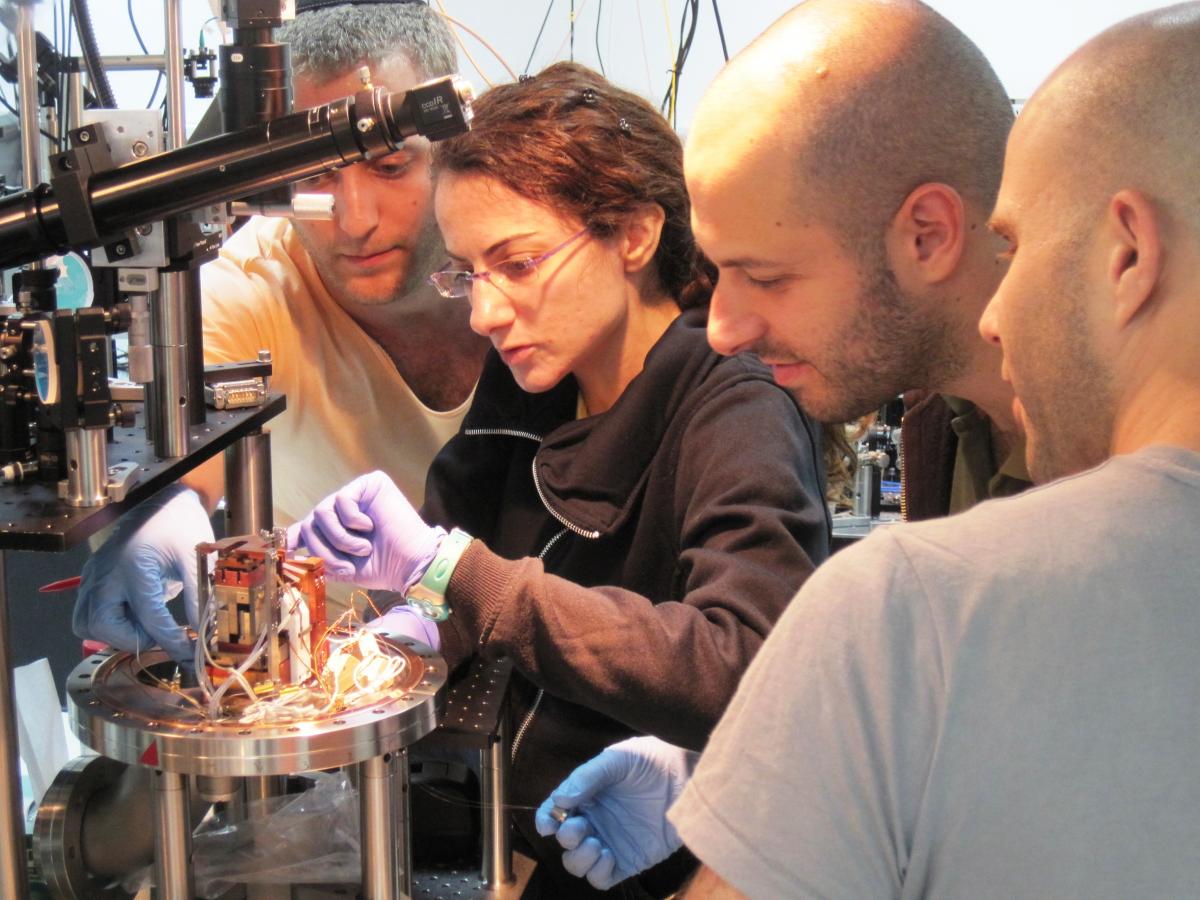Oct 12, 2014
Finish Off Your Guardians of the Galaxy Star Lord Costume by 3D Printing his Element Guns
Posted by Seb in category: 3D printing
— 3D Printing Industry

Why should you dress up as Star Lord this year for Halloween? Well for one, just like everyone else you loved the Guardians of the Galaxy movie, and for another he’s not a giant tree so the costume is going to be easier to make. If you have a 3D printer of course!
When I stumbled on product designer Kirby Downey’s 3D Printed Star Lord Element Guns on Reddit I was blown away by the detail. I was certain that they were made from existing 3D models or official files but after a quick email it turns out that was not the case. Amazingly the gun only took about an hour to design in Solidworks and another half hour to cut it up into pieces for 3D printing.














